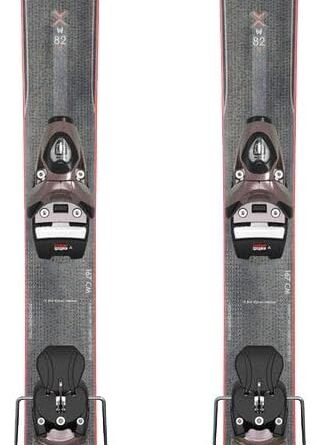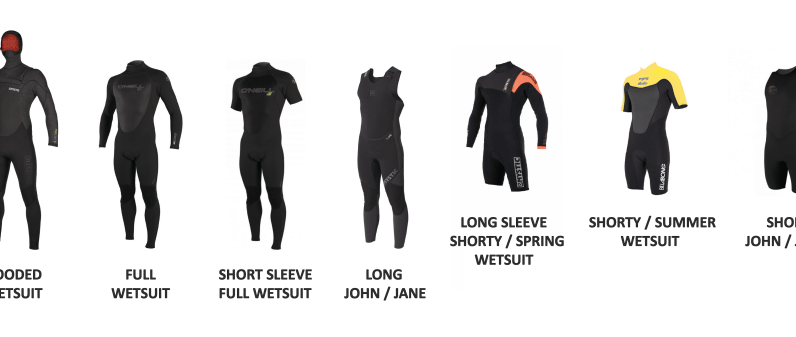
In this article, you will gain a comprehensive understanding of the various types of wetsuits, as well as their specific uses. Whether you’re a seasoned surfer, avid snorkeler, or simply love spending time in the water, knowing the right wetsuit for your needs is essential. From full suits to spring suits, this article will guide you through the world of wetsuits, ensuring that you make an informed choice before diving into your next aquatic adventure.
Introduction
If you’re a water enthusiast, you’re probably familiar with wetsuits. These incredible garments revolutionize the way we enjoy various water activities by providing insulation and protection against the elements. Whether you’re into surfing, diving, or any other water sport, choosing the right wetsuit can make a world of difference in your comfort and performance. In this comprehensive guide, we’ll explore the different types of wetsuits available, their materials, insulation, ideal water temperatures, and activities they are best suited for. So grab your snorkel and fins, and let’s dive right in!
Full-Length Wetsuits
Materials Used
Full-length wetsuits are commonly made of high-quality neoprene, a synthetic rubber that offers excellent flexibility and insulation. Neoprene has the ability to trap a thin layer of water close to your body, which then heats up, keeping you warm even in chilly waters.
Thickness and Insulation
Full-length wetsuits come in a range of thicknesses, typically measured in millimeters (mm). Thicker suits provide more insulation, while thinner suits offer greater flexibility. The choice of thickness depends on the water temperature you’ll be diving or swimming in. For colder waters, opt for a thicker suit (around 5mm), while for warmer conditions, a 3mm suit may be sufficient. Additionally, full-length wetsuits often feature a lining, such as nylon, which adds to the insulation properties.
Ideal Water Temperatures
Full-length wetsuits are ideal for cooler water temperatures, ranging from around 55°F (12°C) to 75°F (24°C). These suits are great for early morning or late evening surf sessions, as well as for diving in temperate regions.
Activities and Uses
Full-length wetsuits are incredibly versatile and can be used for various water activities. They are commonly worn for surfing, paddleboarding, kayaking, snorkeling, and scuba diving. The coverage provided by these suits ensures your entire body stays warm, allowing you to fully enjoy your chosen water sport without feeling the discomfort of the cold water.
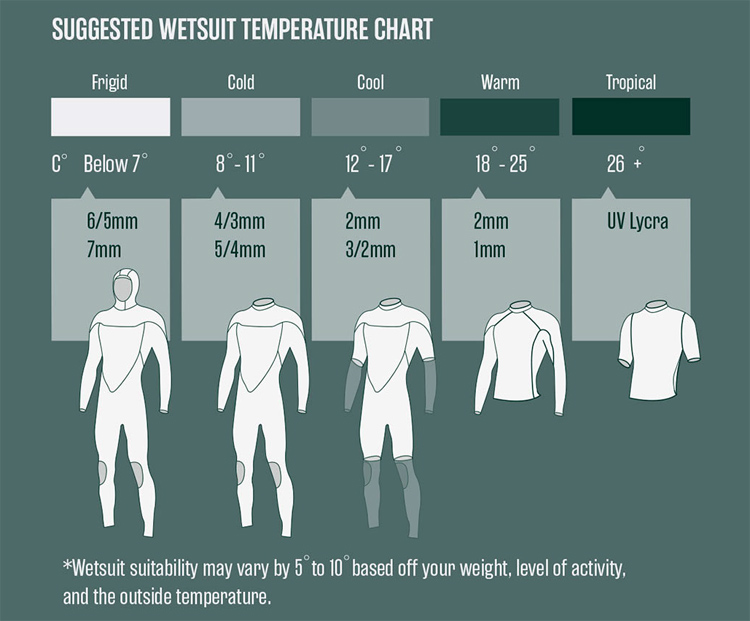
This image is property of www.surfertoday.com.
Shorty Wetsuits
Materials Used
Shorty wetsuits, also known as spring suits, are typically made from the same neoprene material as full-length wetsuits. However, as the name suggests, they have shorter arms and legs, providing increased flexibility and freedom of movement.
Thickness and Insulation
Shorty wetsuits are designed to offer a balance between insulation and mobility. They are usually around 2-3mm thick, providing ample warmth while allowing for a wider range of motion.
Ideal Water Temperatures
Shorty wetsuits are popular for warmer water conditions, ranging from approximately 65°F (18°C) to 80°F (27°C). They are perfect for tropical destinations and summer beach days when the water is still refreshing but not too cold.
Activities and Uses
Shorty wetsuits are commonly worn in water activities where you need more freedom of movement while still benefiting from some insulation. They are ideal for surfing, snorkeling, swimming, wakeboarding, and jet skiing. The shorter design helps to keep your core warm while allowing your arms and legs to maneuver easily.
Spring Suits
Materials Used
Spring suits, sometimes referred to as short arm/full leg wetsuits or long leg/short arm wetsuits, are made from neoprene, similar to full-length and shorty wetsuits. However, they have longer legs but short or no sleeves, giving you added insulation in the lower body while still providing freedom for your arms.
Thickness and Insulation
Spring suits typically have a thickness of around 2-3mm, providing moderate insulation without restricting mobility. They are excellent for maintaining core warmth while allowing more flexibility in the upper body.
Ideal Water Temperatures
Spring suits are suitable for water temperatures ranging from around 65°F (18°C) to 75°F (24°C). They are particularly popular for spring and fall seasons when the water is not excessively cold but still requires some insulation.
Activities and Uses
Spring suits are perfect for activities that require flexibility in the arms and legs while providing additional warmth to the lower body. They are commonly used for surfing, bodyboarding, paddleboarding, and kiteboarding. Spring suits are also favored by triathletes who need extra buoyancy and insulation during open water swims.

This image is property of images.prismic.io.
Two-Piece Wetsuits
Materials Used
Two-piece wetsuits consist of separate pieces for the top and bottom, typically made from neoprene. This modular design provides the flexibility to mix and match different thicknesses and sizes for the top and bottom according to personal needs and preferences.
Thickness and Insulation
The thickness of two-piece wetsuits varies between the top and bottom pieces, allowing for customized insulation. The top piece typically has shorter sleeves or no sleeves, while the bottom piece covers the lower body with full-length legs. The thickness of each piece can range from 1mm to 5mm, depending on personal requirements and the water temperature.
Ideal Water Temperatures
Two-piece wetsuits are versatile and can be tailored to various water temperature ranges. The top can be thicker for colder water, while the bottom can be thinner for increased mobility. The ideal water temperatures vary depending on the thickness and combination of the pieces.
Activities and Uses
Two-piece wetsuits offer great versatility and are suitable for a wide range of activities. They are commonly used for surfing, windsurfing, kiteboarding, and stand-up paddleboarding. The ability to mix and match pieces makes them adaptable to different conditions, allowing you to stay comfortable regardless of the water temperature.
Drysuits
Materials Used
Drysuits are made from materials with advanced waterproofing capabilities, such as waterproof fabrics or specialized rubberized materials. They are designed to keep you completely dry by preventing water from entering the suit.
Features and Capabilities
Unlike wetsuits, which trap a thin layer of water against your body, drysuits create a barrier between you and the water. They feature wrist and ankle seals as well as a waterproof zipper to prevent water from entering. Some drysuits also incorporate built-in insulation, while others require additional layering underneath for warmth.
Ideal Water Temperatures
Drysuits are commonly used in cold water conditions, including icy waters. They provide excellent insulation and protection, allowing you to stay dry and warm in freezing temperatures.
Activities and Uses
Drysuits are widely used for activities such as ice diving, professional scuba diving, and water rescue operations. They are also popular among technical divers who need to descend to great depths for extended periods. Drysuits are essential for anyone venturing into extremely cold water, where the risk of hypothermia is high.
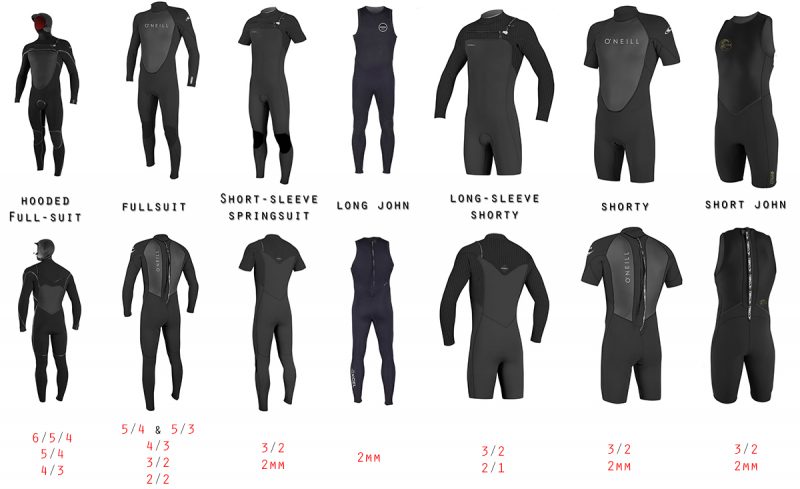
This image is property of nulltuul.com.
Swimskins
Materials Used
Swimskins are made from hydrophobic fabrics that repel water instead of trapping it. These fabrics are typically thin and lightweight, allowing for maximum freedom of movement and minimal drag in the water.
Features and Capabilities
Swimskins are designed to reduce drag and improve swim speed by reducing friction between the swimmer’s body and the water. They are not intended to provide insulation or warmth, but solely to enhance performance.
Ideal Water Temperatures
Swimskins are primarily used in competitive swimming events in warmer water temperatures. They are not designed for cold water use.
Activities and Uses
Swimskins are specifically designed for competitive swimmers looking to gain a competitive edge during races. Triathletes and open water swimmers often wear swimskins to minimize resistance and maximize speed. They are not recommended for recreational swimmers or for water activities requiring warmth.
Neoprene Tops
Materials Used
Neoprene tops, also known as neoprene rash vests or jackets, are typically made from the same material as wetsuits. They provide a layer of insulation and protection for the upper body.
Thickness and Insulation
Neoprene tops come in various thicknesses, typically ranging from 1mm to 3mm. Thicker tops offer more insulation, while thinner tops provide increased flexibility. The choice of thickness depends on the desired insulation level and water temperature.
Ideal Water Temperatures
Neoprene tops are suitable for a wide range of water temperatures, depending on the thickness. Thicker tops are better for cooler waters, while thinner tops are suitable for warmer conditions.
Activities and Uses
Neoprene tops are versatile and can be used for a variety of water activities. They are commonly worn for surfing, kayaking, paddleboarding, and wakeboarding. Neoprene tops can provide added warmth and protection in water sports where only the upper body is exposed to the elements.
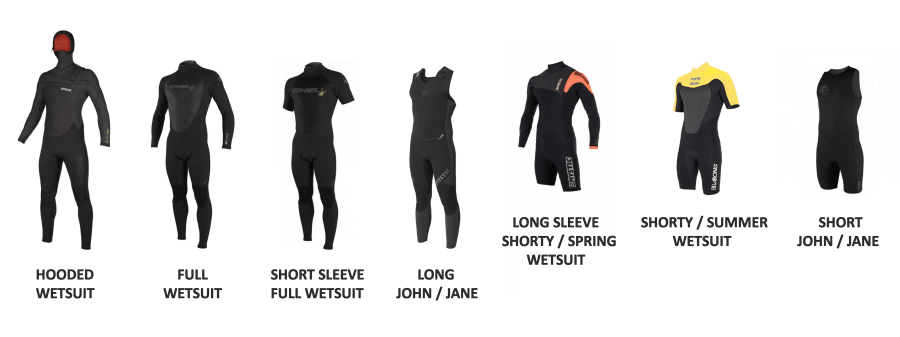
This image is property of thewaveshack.com.
Rashguards
Materials Used
Rashguards, also called rash vests or sun shirts, are typically made from nylon or polyester fabric. They are lightweight, breathable, and quick-drying, making them comfortable to wear in and out of the water.
Features and Capabilities
Rashguards primarily provide protection against sunburn, abrasions, and irritants such as saltwater or sand. They offer a layer of protection to the skin while allowing free movement in the water.
Ideal Water Temperatures
Rashguards are suitable for warm water conditions, typically above 75°F (24°C). They are primarily used in tropical destinations or during summer seasons.
Activities and Uses
Rashguards are commonly worn for activities such as surfing, snorkeling, swimming, and beach volleyball. They provide ample sun protection and help prevent rashes caused by friction with surfboards, wetsuits, or other equipment. Rashguards are also great for kids who are sensitive to the sun or for anyone seeking extra protection from the elements.
Semi-Dry Wetsuits
Materials Used
Semi-dry wetsuits are designed to limit water entry by incorporating features that minimize flushing, such as specialized seals, zippers, or closures. They are typically made from neoprene or other similar materials.
Features and Capabilities
Semi-dry wetsuits aim to reduce the amount of water that enters the suit by using sealing mechanisms at key areas, such as the wrists, ankles, and zipper. While they are not completely waterproof like drysuits, they offer enhanced water resistance and better insulation compared to regular wetsuits.
Ideal Water Temperatures
Semi-dry wetsuits are suitable for a range of water temperatures, depending on the thickness and insulation properties. They are particularly popular in colder water conditions, providing increased warmth and protection against the elements.
Activities and Uses
Semi-dry wetsuits are commonly used for activities such as cold water diving, ocean swimming, and other water sports in cooler climates. They provide better insulation and a reduced risk of water flushing compared to regular wetsuits, allowing you to stay comfortable in challenging conditions.
In conclusion, choosing the right wetsuit for your preferred water activity is crucial for comfort, performance, and safety. Understanding the different types of wetsuits available, their materials, insulation properties, ideal water temperatures, and activities they are best suited for can help you make an informed decision. Whether you’re diving into icy depths, catching waves in tropical paradise, or swimming competitively, there is a wetsuit designed to enhance your experience and keep you comfortable in the water. So gear up, stay protected, and dive into the wonderful world of water sports!

This image is property of wetsuitsyou.com.






